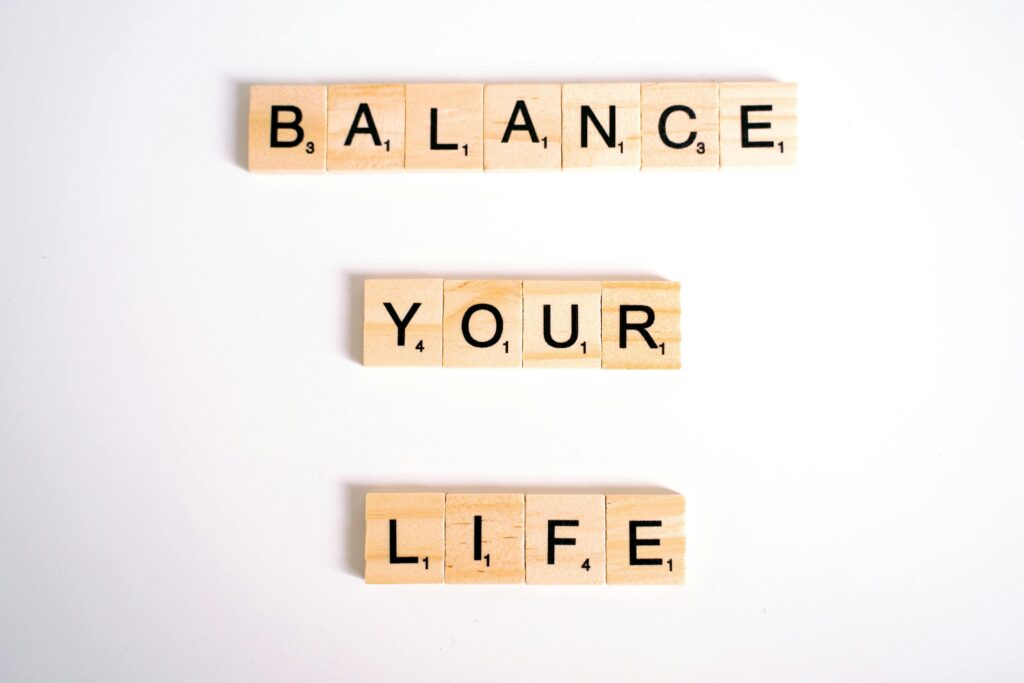We’ve all been there. New Year’s resolutions made with fervent enthusiasm, only to fizzle out by February. We start diets, join gyms, vow to break bad habits, but often find ourselves back where we started, feeling defeated and discouraged. Why is lasting change so elusive?
Dr. Rangan Chatterjee, a respected UK physician and author of “Make Change That Lasts,” offers a refreshing perspective on this common struggle. His work emphasizes a holistic approach, moving beyond simple willpower and delving into the deeper reasons behind our behaviors. This post, inspired by his insights and a conversation with Jay Shetty, will explore practical strategies to help you create truly sustainable change in your life.

The Myth of Willpower: Why It’s Not Enough
We’re often told that willpower is the key to breaking bad habits and achieving our goals. While willpower has its place, relying solely on it is like trying to drive a car with no fuel gauge. Eventually, you’ll run out of gas.
Dr. Chatterjee argues that our environment plays a crucial role in shaping our behavior. Think about it: if you’re trying to eat healthily but your kitchen is stocked with junk food, you’re constantly fighting an uphill battle. Your environment is actively working against your goals.
Practical Application: Designing Your Environment for Success
Instead of relying on sheer willpower, focus on designing your environment to support your desired changes. This involves:
- Removing Temptations: If you’re trying to cut back on sugar, don’t keep sugary snacks in your house. Out of sight, out of mind.
- Making Healthy Choices Convenient: Stock your fridge with fresh fruits and vegetables, and keep healthy snacks readily available.
- Creating Supportive Spaces: If you want to exercise more, set up a dedicated workout space in your home or join a gym that’s conveniently located.
By making these simple changes, you’re not just relying on willpower; you’re creating an environment that naturally encourages the behaviors you want to cultivate.
The Three Fs: Uncovering the Root of Your Habits
One of Dr. Chatterjee’s most powerful tools for behavior change is the “Three Fs” exercise:
- Feel: What are you feeling when you engage in the unwanted behavior? Are you stressed, bored, lonely, anxious, or tired? This is about identifying the emotional trigger.
- Feed: How does the behavior temporarily alleviate or distract you from that feeling? Does it provide comfort, escape, or a sense of control? This step explores the function the behavior serves.
- Find: Now that you understand the emotional need the behavior is fulfilling, can you find healthier, more sustainable ways to address that need? This is about finding alternative coping mechanisms.
A Deeper Dive into the Three Fs:
Let’s illustrate with an example: someone who habitually scrolls through social media for hours each evening.
- Feel: Perhaps they feel lonely or disconnected after a long day of work, or maybe they’re avoiding dealing with a stressful situation.
- Feed: Social media provides a temporary distraction and a false sense of connection. It offers a quick dopamine hit and a way to escape from unpleasant feelings.
- Find: Instead of scrolling, they could try calling a friend, joining a social group, engaging in a hobby they enjoy, practicing mindfulness, or spending time in nature.
The Three Fs exercise is not about immediate suppression of the behavior. It’s about developing self-awareness and understanding the underlying needs that drive your actions. This understanding is the foundation for lasting change.

The Importance of Self-Trust: Tuning into Your Inner Wisdom
In today’s world of information overload, we’re constantly bombarded with conflicting advice from experts. One expert recommends a ketogenic diet, while another champions a vegan approach. It’s easy to feel confused and unsure of which path to take.
Dr. Chatterjee argues that the most important question isn’t “Which expert should I trust?” but rather “Why do I no longer trust myself?” We’ve outsourced our inner wisdom to external authorities, forgetting that our bodies often provide valuable feedback.
Practical Steps to Rebuild Self-Trust:
- Pay Attention to Your Body: Notice how different foods, activities, and environments make you feel. Are you energized or drained? Do you feel calm or anxious?
- Experiment and Observe: If you’re trying a new diet or exercise routine, pay close attention to its effects on your physical and mental well-being.
- Listen to Your Intuition: Trust your gut feelings. If something doesn’t feel right, it probably isn’t.
By tuning into your inner wisdom, you can develop a personalized approach to health and well-being that works best for you.
The Energy Behind Behavior: Love vs. Fear
Dr. Chatterjee introduces a powerful concept: all behaviors stem from either the energy of love or the energy of fear.
- Fear-Based Behaviors: These are driven by feelings of guilt, shame, inadequacy, and fear of failure. Changes motivated by fear are often unsustainable because they’re rooted in negativity.
- Love-Based Behaviors: These are driven by self-compassion, self-respect, and a desire to improve one’s life. Changes motivated by love are more likely to last because they’re rooted in positive intentions.
Shifting from Fear to Love:
If you find that your attempts at change are driven by fear, try shifting your focus:
- Practice Self-Compassion: Treat yourself with the same kindness and understanding you would offer a friend.
- Focus on Progress, Not Perfection: Celebrate small victories and don’t beat yourself up for setbacks.
- Connect with Your Values: Align your goals with your core values to create a deeper sense of purpose.
The Power of Self-Acceptance: Loving Yourself into Change
Ultimately, lasting change begins with self-acceptance. You can’t hate yourself into a better version of yourself. True transformation comes from a place of self-love and compassion.
When you accept yourself for who you are, flaws and all, you create a foundation for positive change. You’re no longer fighting against yourself; you’re working with yourself.
Making Change Easier: Reframing the Narrative
We often hear that change is hard. While it can be challenging at times, constantly labeling it as “hard” creates a self-fulfilling prophecy.
Instead of focusing on the difficulty, try reframing the narrative:
- Focus on the Benefits: Think about the positive outcomes of making the change.
- Embrace the Process: See change as a journey of self-discovery and growth.
- Celebrate Small Wins: Acknowledge and appreciate your progress along the way.
By shifting your perspective, you can make the process of change feel less daunting and more achievable.
A Lifelong Journey of Growth:
Making lasting change is not a destination; it’s a lifelong journey. There will be ups and downs, successes and setbacks. The key is to be patient, compassionate, and persistent.
By incorporating the insights and strategies shared in this post, inspired by Dr. Rangan Chatterjee’s work, you can create a more fulfilling and meaningful life, one step at a time. Remember, the power to change lies within you. Trust yourself, embrace the process, and enjoy the journey.